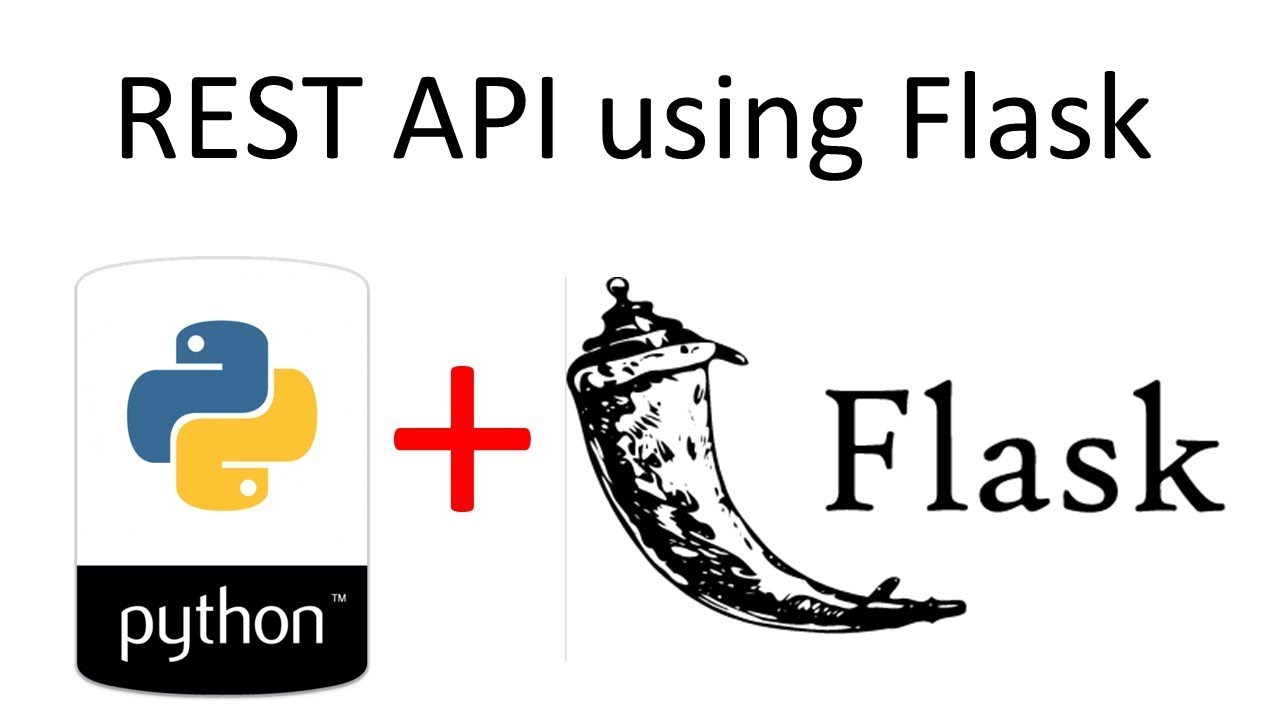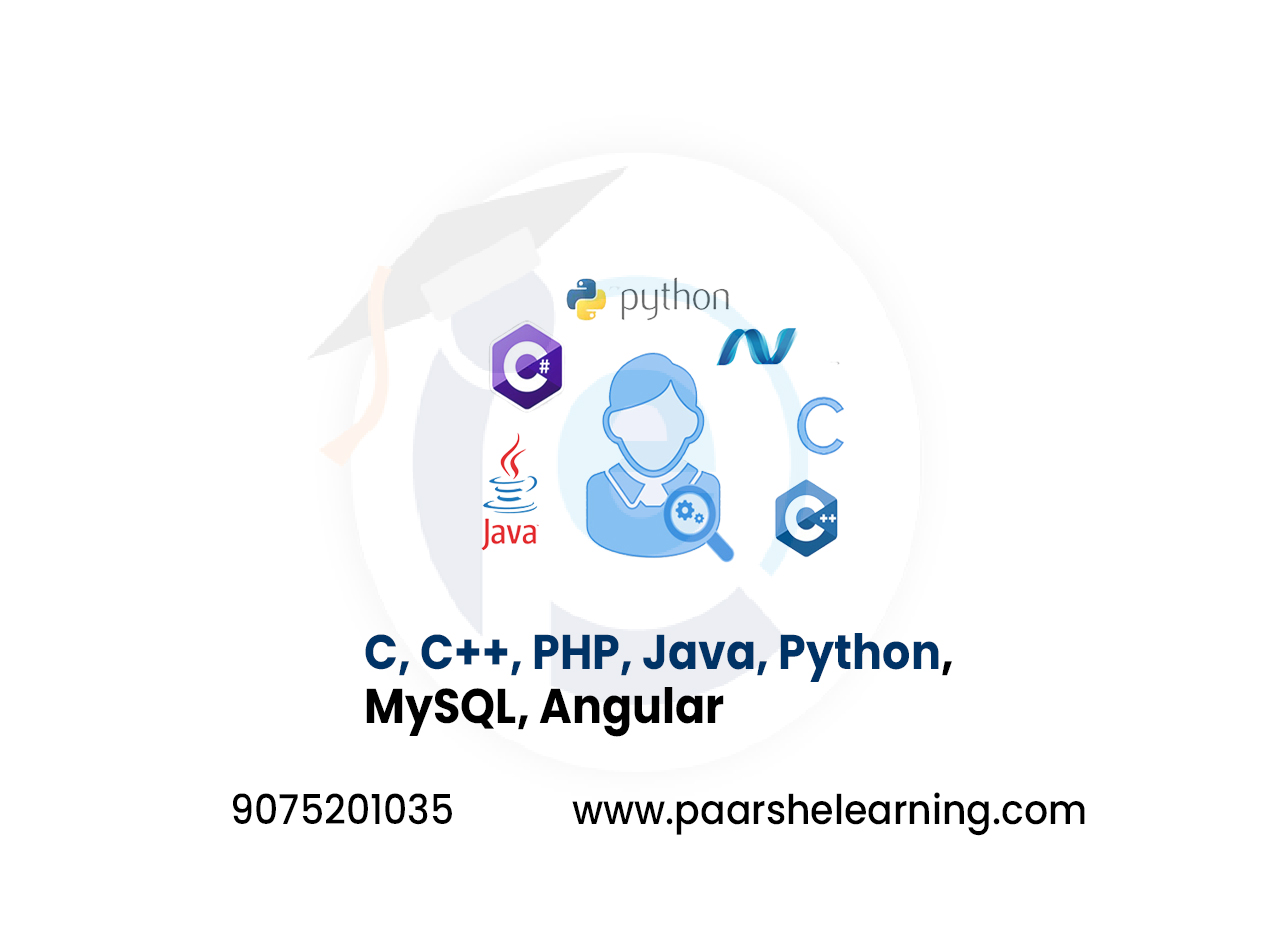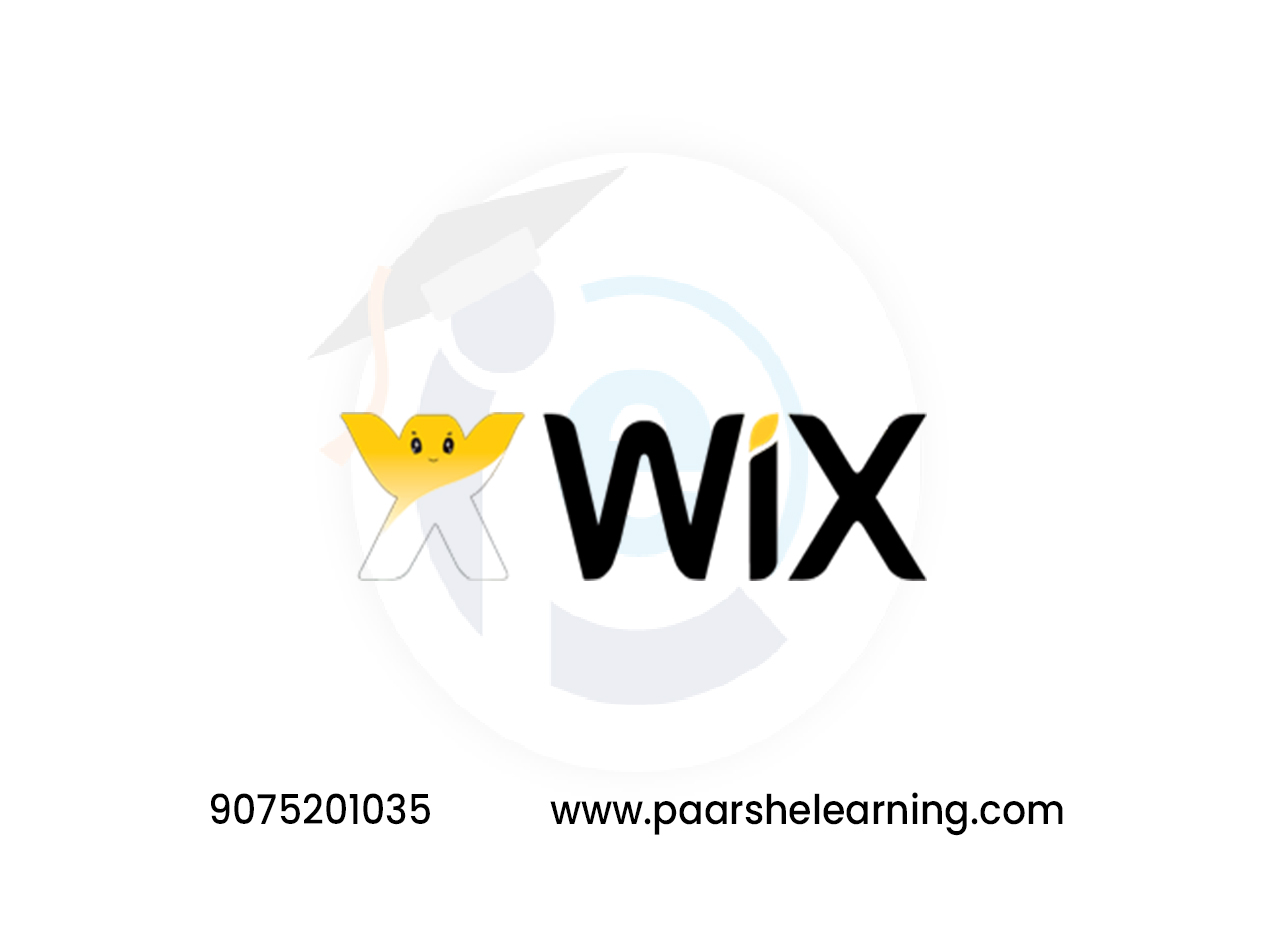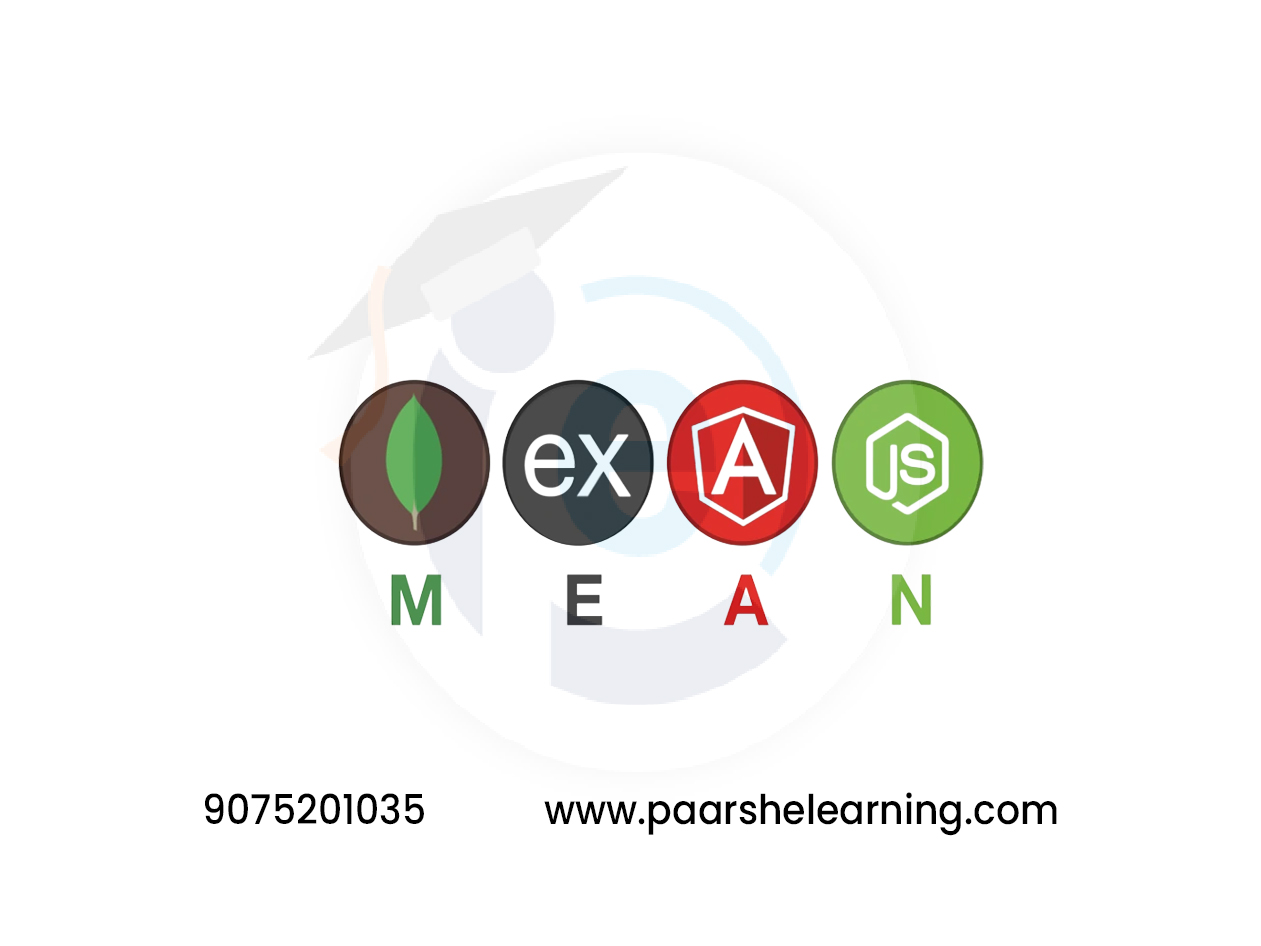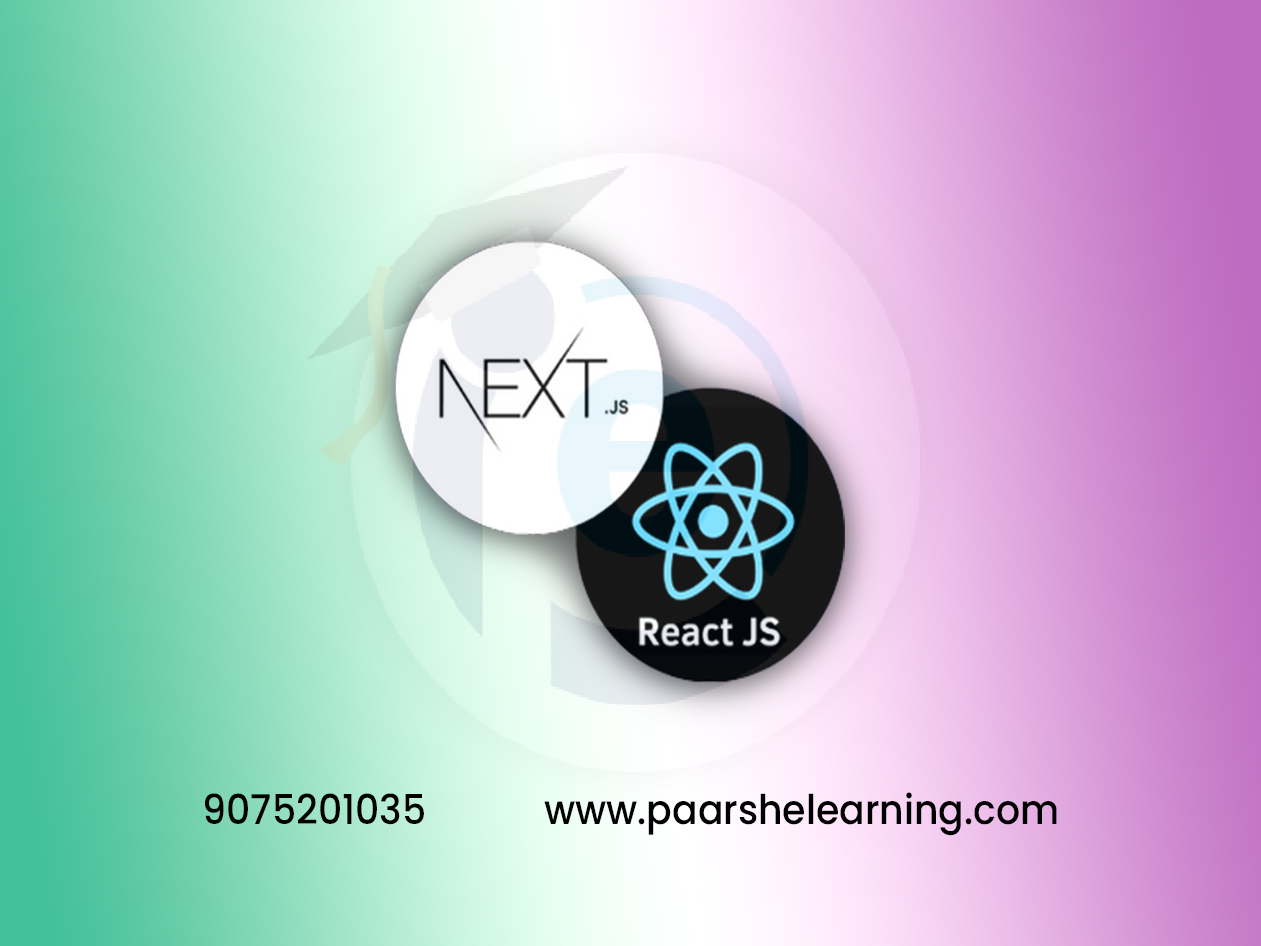- Introduction to RESTful APIs and Flask: In this topic, you'll learn about RESTful API concepts and HTTP methods, and how Flask can be used to build RESTful APIs. You'll also learn how to install Flask and set up a basic Flask app.
- Setting up the Flask environment and creating a basic Flask app: Here, you'll learn how to set up a Flask environment and configure the app. You'll also learn how to create a basic Flask app and test it using Postman.
- Creating and handling routes for the API using Flask: In this topic, you'll learn how to create routes for the API using Flask and handle HTTP requests and responses. You'll also learn about route parameters and query parameters.
- Working with SQLAlchemy to connect to a database and perform CRUD operations: Here, you'll learn how to use SQLAlchemy to connect to a database and perform CRUD operations. You'll also learn about database migrations and how to create and apply them using Flask-Migrate.
- Implementing authentication and authorization using JWT tokens: In this topic, you'll learn how to implement authentication and authorization using JWT tokens. You'll learn how to generate and verify JWT tokens, and how to protect routes using Flask-JWT-Extended.
RestAPI using Flask
Course description
RESTful API using Flask is a course that teaches you how to build a RESTful API using the Flask web framework. Flask is a lightweight and flexible Python web framework that is perfect for building RESTful APIs. In this course, you will learn how to:
- Understand the basics of RESTful APIs and HTTP methods
- Set up the Flask environment and configure the app
- Create and handle routes for the API
- Work with SQLAlchemy to connect to a database and perform CRUD operations
- Implement authentication and authorization using JSON Web Tokens (JWT)
- Write tests for the API using the Flask testing framework
- Deploy the API to a server
This course is designed for developers who have some prior experience with Python and web development, and want to learn how to build powerful and flexible RESTful APIs using Flask. By taking this course, you'll gain a deep understanding of RESTful API concepts and best practices, and learn how to build a scalable and robust API using Flask.
What you will learn from this course?
This course includes!
- Daily Live session
- A recorded session with problem-solving material
- Access on Mobile and TV
- Certificate of completion
- Recommendation Letter
- 100% Job Placements
This course is for
- The RESTful API using Flask course is designed for anyone who wants to learn how to build web applications using Flask.
- It's suitable for beginners who have a basic understanding of Python and web development concepts, as well as for experienced developers who want to learn how to build APIs using Flask.
Prerequisites for this course
- To take the RESTful API using Flask course, you should have a basic understanding of Python and web development concepts, such as HTTP requests and responses, web frameworks, and databases.
- Familiarity with Flask is helpful but not required. If you're new to Flask, it's recommended that you first take an introductory Flask course to get up to speed.
- This course is suitable for anyone with basic Python and web development knowledge and a desire to learn how to build RESTful APIs using Flask.
Restapi Using Flask Syllabus
-
Introduction To Restful Apis And Flask
Overview of RESTful APIs and their significance Introduction to Flask microframework and its features Setting up a development environment (Python, Flask, virtual environment)
-
Building The Api Foundation With Flask
Understanding REST architecture and principles Creating a new Flask project and setting up routes Implementing basic CRUD operations using Flask views Handling requests and sending responses using Flask
-
Serialization And Data Validation
Introduction to serialization and its importance in APIs Using Flask-RESTful to create APIs with classes and resources Serializing data using Flask-RESTful's fields and marshal Validating incoming data using libraries like Marshmallow
-
Handling Get Requests And Data Retrieval
Designing API endpoints for retrieving data Implementing GET methods for single and multiple resources Using SQLAlchemy to query the database and retrieve data Sending JSON responses with serialized data
-
Handling Post And Put Requests For Data Modification
Setting up API routes for creating and updating resources Implementing POST and PUT methods for data modification Validating incoming data using Marshmallow validation Sending appropriate HTTP responses for success and error
-
Handling Delete Requests And Data Deletion
Designing API routes for deleting resources Implementing DELETE methods for resource deletion Handling requests with URL parameters and route variables Sending appropriate HTTP responses for deletions
-
Authentication And Security
Introduction to authentication methods in Flask Implementing token-based authentication using JWT (JSON Web Tokens) Securing API endpoints and protecting sensitive data Applying authorization to restrict access to certain views
-
Error Handling And Exception Management
Implementing consistent error handling in the API Creating custom exception classes for different scenarios Using Flask-RESTful's error handling to manage exceptions Sending appropriate error responses with details
-
Testing And Debugging
Introduction to testing methodologies (unit tests, integration tests) Writing unit tests for API endpoints using unittest Testing API views, serializers, and functionality Debugging common API issues and errors
-
Documentation And Best Practices
Generating API documentation using tools like Flask-RESTPlus Documenting API endpoints, request parameters, and responses Reviewing best practices for designing RESTful APIs Analyzing real-world API examples and case studies
-
Advanced Topics And Optimization
Implementing advanced features (pagination, filtering, authentication) Optimizing API performance using caching mechanisms Integrating frontend frameworks (React, Angular) with Flask APIs Performance optimization techniques for Flask applications
-
Final Project And Deployment
Developing a comprehensive RESTful API using Flask Customizing design, functionality, and endpoints Finalizing API documentation and testing Deploying the Flask API to a hosting platform (Heroku, AWS, etc.)
-
Paarsh E-Learning encourages hands-on practice, assignments, and projects throughout the course to reinforce students' understanding of building RESTful APIs using Flask. Assign practical exercises that involve creating endpoints, handling different types of requests, and implementing authentication and validation. Cover both theoretical concepts and practical applications to provide a well-rounded learning experience.
